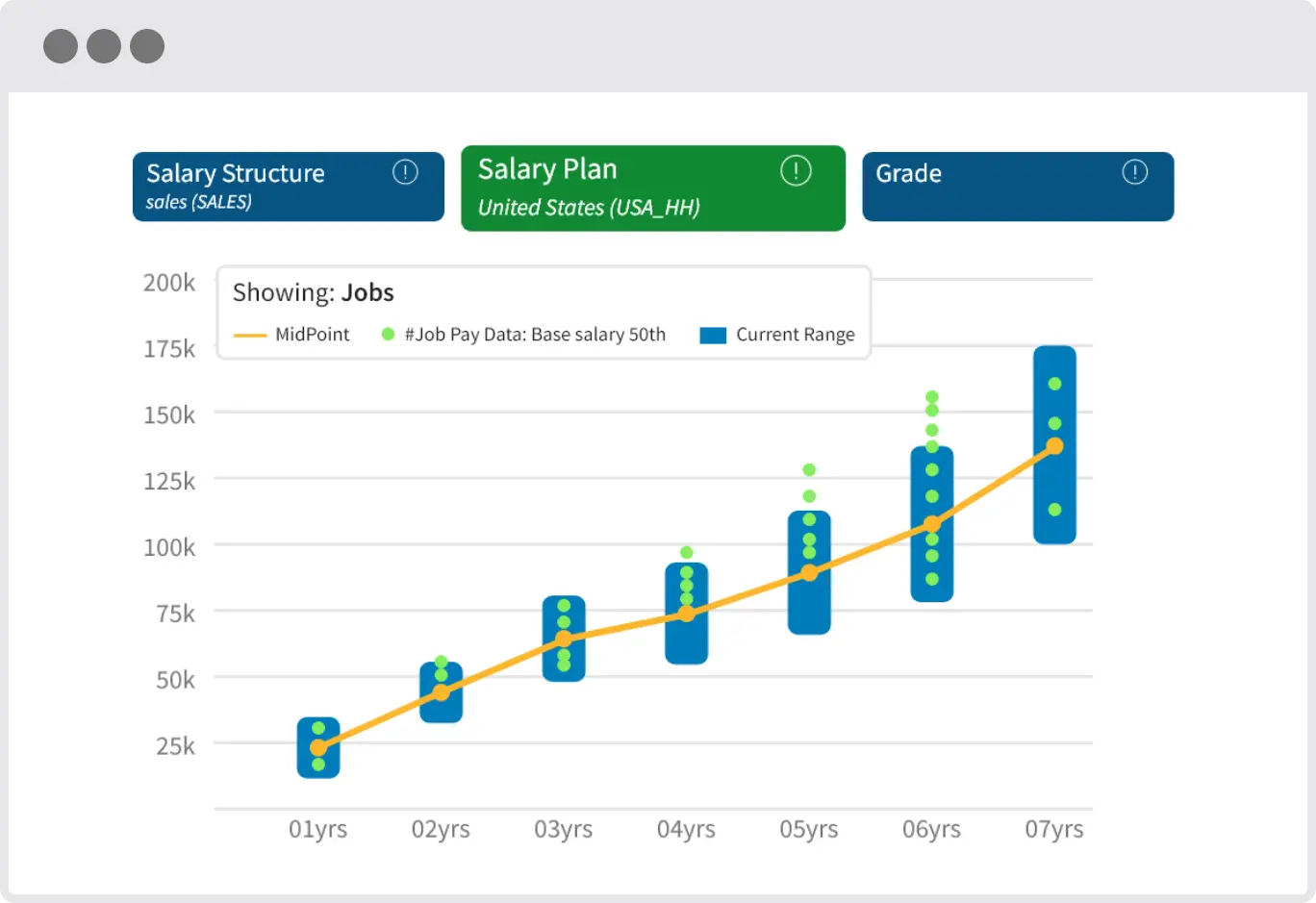Critical Thinking Strategies: Improve Decision Making
The ability to think critically is a valuable asset in today’s fast-paced, information-overloaded world. Critical thinking strategies are essential for making informed decisions, solving complex problems, and navigating uncertain situations. By developing and refining these strategies, individuals can improve their decision-making skills, leading to more effective outcomes in both personal and professional contexts.
Understanding Critical Thinking
Critical thinking is the systematic evaluation and analysis of information and ideas to form a judgment or decision. It involves a range of high-level cognitive processes, including interpretation, analysis, evaluation, and inference. Critical thinkers are adept at identifying biases, evaluating evidence, and recognizing the implications of their decisions. This skill set is crucial in an era where misinformation and disinformation can easily lead to poor decision-making.
Core Critical Thinking Strategies
Several core strategies underpin effective critical thinking. These include:
- Analysis and Evaluation: Breaking down complex information into its component parts to understand it better and evaluating each part’s relevance and validity.
- Identification of Biases and Assumptions: Recognizing one’s own and others’ biases and assumptions to ensure that decisions are based on facts rather than prejudices.
- Evidence-Based Reasoning: Using empirical evidence and logical reasoning to support conclusions, rather than relying on intuition or anecdotal evidence.
- Consideration of Multiple Perspectives: Examining issues from various viewpoints to gain a more comprehensive understanding and to identify potential pitfalls in one’s own thinking.
- Reflective Practice: Regularly reflecting on one’s own thought processes and decisions to identify areas for improvement and to develop a more nuanced understanding of complex issues.
Applying Critical Thinking to Decision Making
When it comes to decision making, critical thinking strategies can be applied in several key ways:
- Define the Problem: Clearly articulate the problem or decision at hand. This involves pinpointing the core issue, identifying key stakeholders, and understanding the context.
- Gather Relevant Information: Collect all pertinent data and evidence. This step is crucial for making informed decisions and should involve seeking out diverse sources to minimize the impact of personal biases.
- Evaluate Options: Analyze each potential solution or choice, considering both the benefits and the drawbacks. This evaluation should be systematic and based on the evidence gathered.
- Consider Long-Term Implications: Think beyond the immediate consequences of a decision. Critical thinkers anticipate how their choices might play out over time, considering potential risks and opportunities.
- Monitor and Adjust: After making a decision, continue to monitor its outcomes and be prepared to adjust the course of action if necessary. This flexibility is a hallmark of effective critical thinking, as it demonstrates an ability to learn from experience and adapt to new information.
Overcoming Barriers to Critical Thinking
Several barriers can impede the application of critical thinking strategies, including:
- Cognitive Biases: Systematic patterns of deviation from norm or rationality in judgment, whereby inferences about other people and situations may be drawn in an illogical fashion.
- Time Pressure: The need to make quick decisions can sometimes lead to a reliance on mental shortcuts or heuristics, which can compromise the quality of the decision-making process.
- Groupthink: The psychological phenomenon where a group of individuals, motivated by the desire for unanimity and the avoidance of conflict, make irrational or poor decisions.
- Lack of Information: Incomplete or inaccurate information can significantly hinder the critical thinking process, leading to poorly informed decisions.
Developing Critical Thinking Skills
Fortunately, critical thinking skills can be developed and strengthened over time with practice, patience, and dedication. Strategies for developing these skills include:
- Engaging in Reflective Practice: Regularly taking time to reflect on one’s own thought processes and decisions can help identify areas for improvement and foster a more critical approach to thinking.
- Seeking Out Diverse Perspectives: Exposing oneself to a wide range of viewpoints and experiences can enhance one’s ability to consider multiple perspectives and challenge assumptions.
- Practicing Analytical Reasoning: Engaging in activities that require the analysis of complex information, such as puzzles, brain teasers, or strategic games, can help sharpen critical thinking skills.
- Pursuing Lifelong Learning: Committing to ongoing education and personal development can provide individuals with the knowledge and tools necessary to navigate complex issues and make informed decisions.
Conclusion
Critical thinking is a powerful tool that, when applied to decision making, can lead to more informed, thoughtful, and effective choices. By understanding the core strategies of critical thinking, applying them to the decision-making process, overcoming barriers to critical thought, and dedicating oneself to the development of these skills, individuals can significantly improve their ability to navigate the complexities of the modern world. In an era defined by rapid change and tremendous uncertainty, the cultivation of critical thinking skills is not only beneficial but essential for personal and professional success.
What are the primary benefits of applying critical thinking strategies to decision making?
+The primary benefits include making more informed decisions, solving complex problems more effectively, and navigating uncertain situations with greater confidence. Critical thinking helps in evaluating information more accurately, identifying biases, and considering multiple perspectives, leading to better outcomes.
How can one overcome cognitive biases and other barriers to critical thinking?
+Overcoming cognitive biases and other barriers involves recognizing their existence, seeking out diverse perspectives, practicing reflective practice, and dedicating oneself to lifelong learning. Additionally, taking time to thoroughly evaluate information, considering multiple sources, and being open to changing one’s opinion based on new evidence can help mitigate the impact of biases.
What role does critical thinking play in personal and professional development?
+Critical thinking plays a pivotal role in both personal and professional development. It enables individuals to make better decisions, adapt to new situations, and solve problems more effectively. In professional contexts, critical thinking is crucial for leadership, innovation, and strategy development, while in personal life, it helps in achieving goals, building stronger relationships, and navigating life’s challenges with greater resilience.


